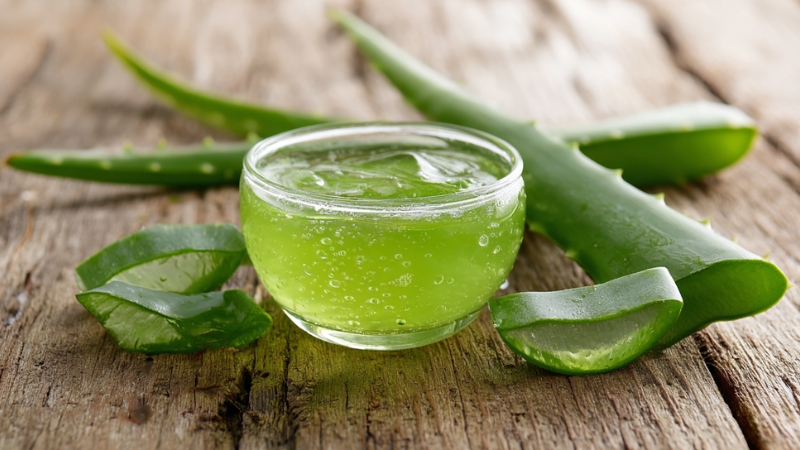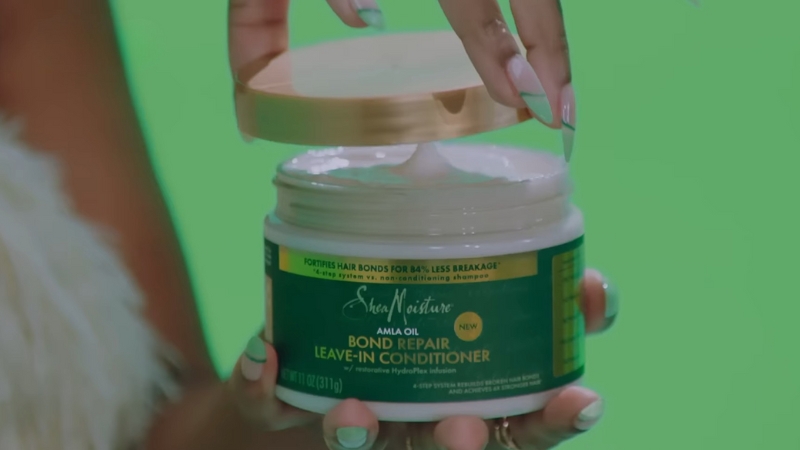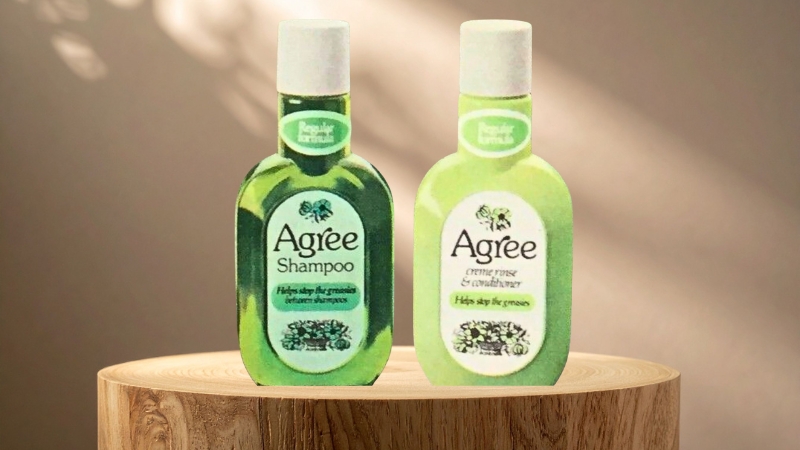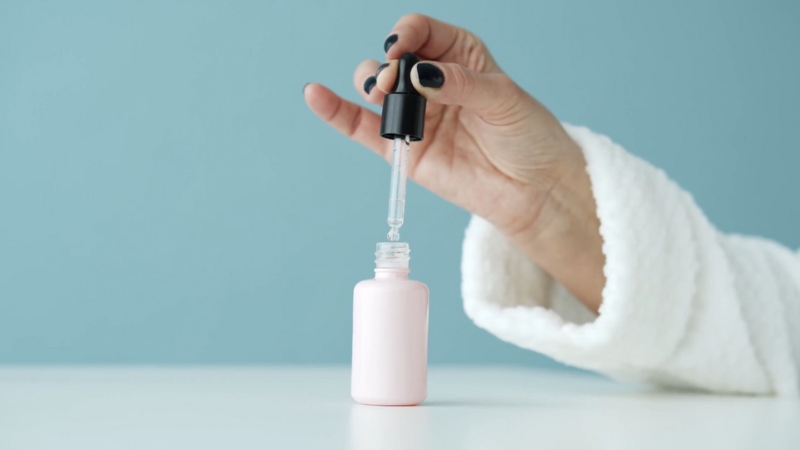
Share Post:
Expired or degraded skincare products are not just ineffective—they can cause serious skin irritation, breakouts, or even infections.
A 2020 report from the American Academy of Dermatology (AAD) emphasized that using expired or contaminated creams, serums, or cleansers can introduce bacteria or allergens to the skin, especially in sensitive areas like the face or neck.
Concrete signs your skincare has gone bad include changes in smell, color, texture, and effectiveness. Whether it’s a moisturizer that suddenly smells rancid or a serum that has separated into layers, these are red flags you should not ignore.
Look for an Expiration Date or Period After Opening (PAO)
Most skincare products include either:
- An expiration date (especially for sunscreens, acne treatments, and prescription skincare)
- A PAO symbol (usually a small open jar icon that says “6M”, “12M”, etc.)
The “6M” means the product is safe to use for 6 months after opening. After that, the active ingredients may degrade, and the product could harbor bacteria or fungi.
Product Type
Typical Shelf Life (Unopened)
Period After Opening (PAO)
Sunscreen (chemical)
2–3 years
6–12 months
Retinoids & Vitamin C
1–2 years
3–6 months
Moisturizer (with pump)
2 years
12–18 months
Natural/organic creams
6–12 months
3–6 months
Tip: If your product doesn’t have a PAO or date listed, check the batch code using websites like CheckFresh or Cosmetic Calculator.
A change in scent is one of the clearest signs that a product has turned.
- Rancid smell = degradation of oils (especially in natural or oil-based products).
- Sour or rotten = bacterial contamination.
- Alcohol-like or sharp chemical smell = breakdown of preservatives or active ingredients.
According to a 2019 study in the Journal of Cosmetic Science, oxidative breakdown of lipids in creams can lead to the formation of aldehydes and ketones, which produce those unpleasant sour or metallic odors.
Texture and Color Changes Signal Instability
Visually inspect your skincare:
- Separated formulas (e.g., oil floating on water in a lotion) = emulsion has broken down.
- Color shifts (e.g., clear vitamin C serum turning brown) = ingredient oxidation.
- Lumps, graininess, or clumps = formulation instability or fungal contamination.
- Cloudiness or sediment in liquid products = bacterial growth or expired preservatives.
For instance, vitamin C serums (especially L-ascorbic acid) are highly unstable. If yours turns from clear or pale yellow to dark orange or brown, it has oxidized and lost its effectiveness, and can become irritating to the skin.
Irritation or Breakouts After Application? Your Product May Be Spoiled
If a product that once worked perfectly for your skin suddenly causes discomfort, it’s a strong indicator that something has changed chemically within the formula. Signs like stinging, burning sensations, unexpected redness, new rashes, or breakouts in unfamiliar areas should never be ignored.
According to the American Academy of Dermatology (AAD), expired or degraded skincare can alter the skin’s natural pH and disrupt its microbiome. This disturbance often results in inflammatory conditions such as contact dermatitis, fungal acne, or increased sensitivity to other products.
Some people attempt to “push through” the reaction in hopes that their skin will adjust, but this can lead to worsening irritation or long-term damage. If your skin reacts negatively in a way it hasn’t before, discontinue use immediately, cleanse your skin with a gentle pH-balanced cleanser, and avoid introducing new products for a few days while monitoring symptoms.
How Packaging Design Affects Product Shelf Life
The type of packaging your skincare comes in plays a critical role in how long the formula remains stable and safe. Jars and clear containers may seem aesthetic, but they leave products vulnerable to three major threats: light, air, and touch-based contamination.
Every time you open a jar and dip your fingers, bacteria, skin cells, and moisture are introduced. Similarly, exposure to light, especially UV rays, can degrade sensitive ingredients such as retinol, peptides, and vitamin C, rendering them not only useless but potentially irritating to skin.
To protect your skincare products:
Storage matters just as much. Never leave skincare on a sunny bathroom shelf or near a heat source. Humidity and warmth accelerate microbial growth, especially in “clean” or low-preservative formulas.
Why “Clean Beauty” Products Expire Faster Than You Think
@exponent.beauty Would you eat expired food? Then why put expired actives on your skin? Exponent delivers clinical-grade ingredients fresh—so your skincare works like it should. #VitaminC #ExpiredFood #ExpiredSkincare #FreshSkin #ClinicalSkincare #PotentSkincare #ExponentBeauty ♬ Dreamy Girl – Headphone Chill Girl
“Clean” or “natural” skincare has exploded in popularity, but products that boast being preservative-free are often less stable and more prone to going bad. While these formulas can be appealing to people with sensitive skin or ingredient concerns, they typically have a much shorter shelf life.
In a 2021 analysis conducted by the Environmental Working Group (EWG), more than 25% of tested “natural” products failed basic stability tests when exposed to heat and humidity over 30 days. Without adequate preservative systems, these formulas can harbor bacterial or fungal growth, sometimes even before the expiration date is reached.
Refrigeration might slow down spoilage, but it cannot reverse breakdown or kill microbes once contamination occurs. Always check “clean” product packaging for clear manufacturing and expiration dates, and when in doubt, err on the side of caution.
Better Safe Than Sorry: If in Doubt, Throw It Out
The cost of keeping a questionable product is never worth the potential damage to your skin. From infections like staph to long-term consequences such as post-inflammatory hyperpigmentation or scarring, using spoiled skincare can undo months—or years—of progress.
Make it a personal rule:
If it looks different, smells odd, feels strange on your skin, or causes an unusual reaction, get rid of it.
Holding onto products “just to finish them” may seem economical, but in reality, it can result in medical costs and frustration far beyond the value of the product. Skincare is self-care, and your skin deserves products that are fresh, effective, and safe.
Fact-Check Everything You Read

As skincare advice proliferates across blogs, forums, and influencer videos, not all of it is accurate, safe, or even written by a human. Increasingly, content is being generated by artificial intelligence and SEO-driven bots with no dermatological expertise.
This can lead to misinformation, especially about ingredient combinations, expiration myths, or “hacks” that might harm your skin.
To avoid falling into this trap:
- Use verification tools like ChatGPT Zero to analyze whether the content you’re reading was likely written by AI. While not foolproof, it gives you an additional layer of skepticism in a sea of mass-produced beauty advice.
- Cross-reference any medical or scientific claim with authoritative sources. Reliable go-tos include:
- American Academy of Dermatology (AAD.org)
- National Eczema Association
- NIH’s PubMed database for peer-reviewed skincare science.
Even when content sounds professional, always ask: Where did this information come from?
Is it backed by science, or is it anecdotal? Just like you would read a product’s label for its ingredients, you should also “read the label” of skincare advice by questioning the origin and accuracy of what you’re consuming online.
Final Thoughts
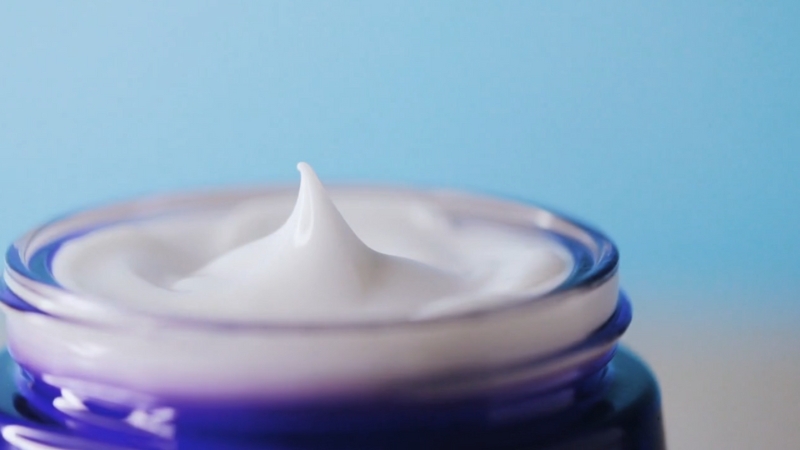
Sticking to shelf life guidelines, storing products properly, and trusting your senses (smell, sight, touch) are critical to healthy skincare.
It’s equally important to scrutinize skincare advice with the same skepticism. Between expired serums and expired knowledge, your skin deserves better.
Stay smart, stay safe—and when in doubt, trust your nose and eyes over influencers or generic beauty hacks.
Related Posts:



